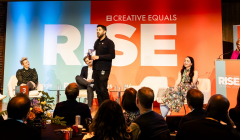
Are we leaving men and boys behind?
At Creative Equal’s RISE event, industry leaders consider how to reframe boys and men in marketing

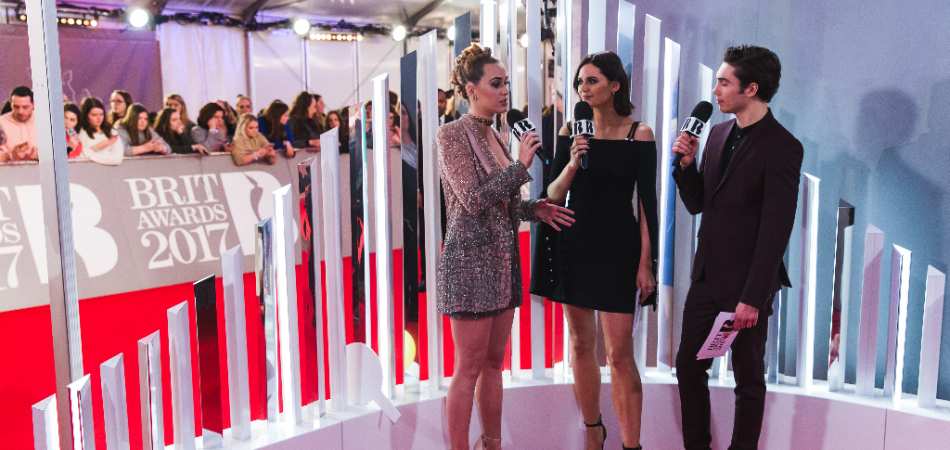
The war is here. The battle for eyes and ears is raging. It’s a battle that puts content at the heart of the action as we seek to fill the gaps in the day with online video, podcasts, social media, TV and radio shows. It’s a cluttered place where there’s too much for anyone to look at, listen to and watch. It sees online influencers and twittering politicians pitted against broadcasters, streaming services and on-demand platforms.
Attempting to elbow their way into this mix are brands who are learning that the rules of creating that which people want to look at, listen to or watch, are very different from those of traditional 48 sheets or 30 second spots. The gravestones of McDonalds’ YouTube channel, Guinness’s Jonathan Ross fronted chat show or Homebase’s Prince themed tweets are all testament to the difficulty some brands have had in this space.
At the heart of this difference is the audience journey that is central to content consumption. Each of us are content travellers, jumping across different platforms and types of media throughout the day, but with a huge loyalty to the things that appeal the most. This behaviour of content travelling sees a dichotomy at play. Short attention spans mean the window for beginning a relationship with the audience can be depressingly quick. However, binging on the things we love means that once the audience has formed a connection, the possibility arises to create a long-lasting and meaningful relationship between consumer and brand.
The challenge for marketers is for their brands to be a relevant part of the journey and in so doing, to forge an ongoing relationship with the audience. This requirement for relevant frequency as a means of building a relationship also results in a bespoke approach to each type of content platform, whilst maintaining brand consistency. If the brands that win in the 21st Century are those that have a relationship with their audiences, then being a frequent part of the content journey is the key element to success.
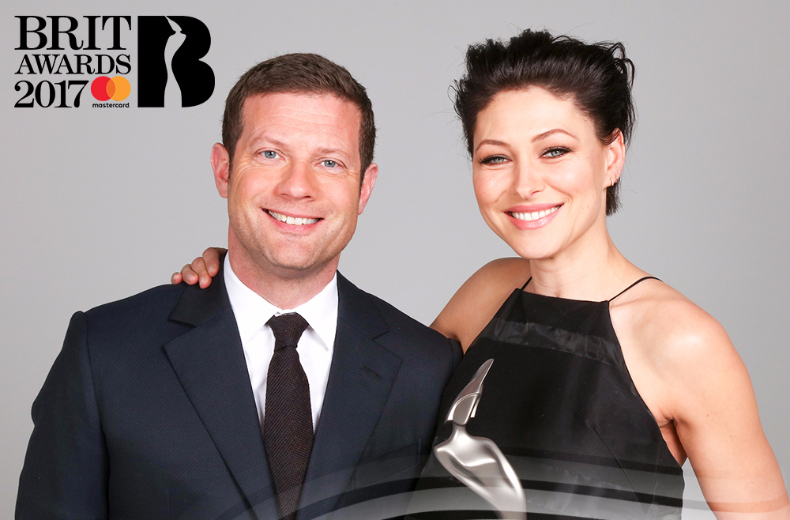
The BRIT Awards is UK music’s foremost shop window. It’s a platform from which to boost music sales domestically and promote British artists internationally. It’s where, as Adele showed, a great performance can elevate a career overnight. But, with a generation for whom screens come in all shapes and sizes, the show had lost its relevance. Our job has been to reinvent the show for the social media generation, creating an approach to content that ensures repeated relevancy for young audiences who don’t naturally gravitate towards ITV 1.
Central to our approach has been building a relationship between the BRIT Awards and young, musically engaged audiences that are key to its success. This relationship is driven by creating always-on content across 6 months for every platform that is relevant to 15-34 year olds. That means crafted, regular media across Twitter, Facebook, Instagram, Snapchat, YouTube and Tumblr. It also means being alive to how the audience changes; in 2016, this meant being one of the first events for Facebook Live and in 2017, one of the first to use Instagram Stories.
Our starting point is to think about the audience and how we can create content that is authentic to the BRITs but which will offer the audience something fresh. Our key insight was that the BRIT Awards was seen by young audiences as “a night for record label men”. To reverse that, we aimed to give online audiences “the best seat in the house” - items that were so relevant, creatively strong and bespoke for each platform that it would place you even closer to the action (in front of and behind the curtain).
But we know that our audiences are flipping from screen to screen and platform to platform, so our content needed to resonate, regardless of the platform our audience chose to consume on. This meant placing a creative demand that we should aim for everything to be sharable. This would help us not only organically create evangelists and a strong user base, but also allow content from one platform to feed onto another.
Our work divides into 3 phases:
September - December: Focus on motivating evangelists with content they’ll want to share.
January - February: Leverage key announcements such as nominations and who’s performing to build excitement.
Show night: Our Studio Live offering is a live social media newsroom of 120 people focused on high quality, fast turnaround content. Our aim is that the BRIT’s channels dominate and lead the conversation, raising the profile of the event and artists, and ultimately boost music buying and consumption.
This focus means we’re concentrating on how the BRITs can build a strong and on-going relationship with its audiences over a six-month period, to ensure mass on-the-night engagement. We do this with creative innovation, such as our artist Twitter emojis that we release every fortnight in the lead up to the event or our use of Snapchat Stories.
The result has been one of the UK’s biggest social media moments, a renewed relevancy for the BRITs and a shop window for the music industry.
Agency: The BRITs, Somethin' Else
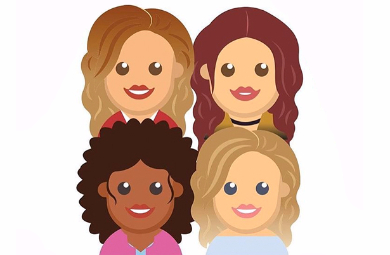

For TOPMAN to have a connection with their audience, they need to be relevant on the platforms which their audience inhabit. For young, fashion savvy men, what you share is as important as what you wear, to express who you are through social media. We’ve created a programme of on-going (over 100 films per year) highly relevant online video and assets, ranging from culture films, humorous advice shorts and even a documentary about mental health. The result has been an ROI for TOPMAN of 5:1.
Agency: All Summer Everything with My Nu Leng, Walshy & Chris Lorenzo, Somethin' Else
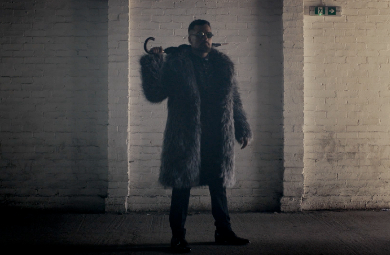
Steve joined Somethin' Else in 2000 and became Managing Director in 2006. In that time he’s been part of the team that has evolved the company into an award-winning, audience-focused business. Previously, Steve was a radio presenter and journalist for the BBC and commercial radio, before being headhunted to USP Content and eventually joining its board as Director of Programmes. Steve is a member of the Sony Awards and Radio Festival committees and is a regular panellist on the Guardian’s MediaTalk podcast. In 2013 he was made a Fellow of the Radio Academy.
Looks like you need to create a Creativebrief account to perform this action.
Create account Sign inLooks like you need to create a Creativebrief account to perform this action.
Create account Sign in